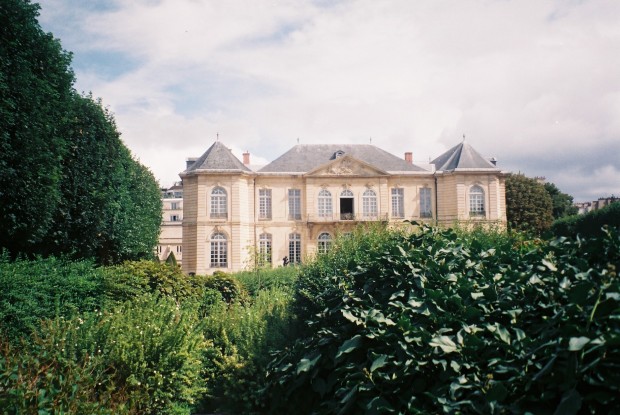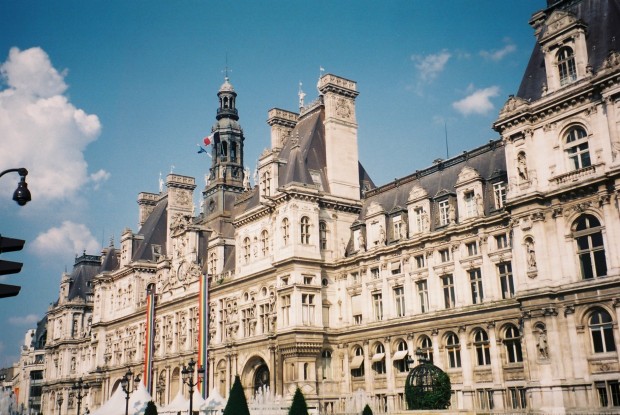To say objectivity is a myth is no longer a radical statement. Long taken to be the default, the perspective of the (middle class, white) male has come under a lot of criticism. Nevertheless, women continue to be treated as objects. When they are permitted to become subjects, their narratives are often still centered around men.
Women like Sophie Calle and Lauren Elkin explore the idea of women as observers, or subjects. Lauren Elkin, in her book Flâneuse, makes the case that women wanderers have offered incredible insight into society, and have used urban exploration as a launching point for greater social campaigns. Sophie Calle (who I first learned about in Elkin’s book) famously has followed men around, writing intimate details of their lives, collecting her observations in photographs and essays. In their work, women are the subjects.
I love both of their work, but there’s something about it that I’m not satisfied with. I think it’s that it feels reactionary. They are trying so hard to prove something about women, that it almost feels like they’re saying “Look, here is a woman observing things!” In which case, the woman once again becomes an object (the woman as subject as object).
This was what really dissatisfied me about Sophia Coppola’s newest film The Beguiled. Although technically beautiful, coming across as both impossibly lush and suffocatingly austere, the film left me disappointed overall. To me, it felt like even though there was one man in the movie, he was the one whose gaze it was shot through. The women in The Beguiled see themselves as women being seen by this man. Thus, in the end, the center of the action is still actually the man.
I didn’t really know how to articulate the above frustrations until I saw a piece in The New Yorker about Isabelle Mège. Mège was a medical secretary in Paris when she began writing to photographers whose work she admired asking them to take her picture. You can read the details here, but what really struck me was that she alone, of all the women artists I have seen, seemed to truly invert the object/subject paradigm. Even though she was the object of the photographers, she controlled everything in the end.
The journal Another Gaze recently published an essay by Helen Charman on the woman as a subject in film, and how it’s impossible to pretend that women can be subjects in the way we consider the default man to be. In some narratives, like The Beguiled, women’s lives continue to revolve around men even if they are nominally in control. In the Another Gaze essay, the concept of female freedom is interrogated, as a women cannot be truly free in the city when she always risks becoming an object again. According to Charman, “a life of one’s one” is nearly impossible, and a woman cannot truly escape from being a woman.
The photographers who shot Mège, interviewed in the article, don’t seem to know what to make of her. They speak of her in terms of mystery. On photographer admits that none of them know what she made with these photographs. No one knows exactly what she has made, except for her. The New Yorker claims outright, “She was never made an art object.” She was the one doing the making.
She controls the rights to the images. She controls who shoots her, and how. And she gives nothing of herself to the photographer–absolutely nothing. Looking at the photographs, it seems to me that the male gaze is all but absent. She doesn’t see herself as a woman being looked at by a man. She seems not to care about the men–indeed, to barely notice them, as though they are so insignificant they might as well not be there at all. Although many of her photographs are nude, they are not sexy, and they are not particularly beautiful. They reveal something, but what that something is is I think unknowable, except to Mège herself.
I’m sure there are other artists who are meaningfully exploring women as subjects. I would like to know all of them, but I can claim to know barely any. Regardless of how many exist, exactly, they are few.
Objectivity, of course, is not a realistic. However, creating narratives of women that don’t rely on men in any way is an achievable goal, and one that I hope we can creatively address in the future.

 Paris stunned me.
Paris stunned me.
